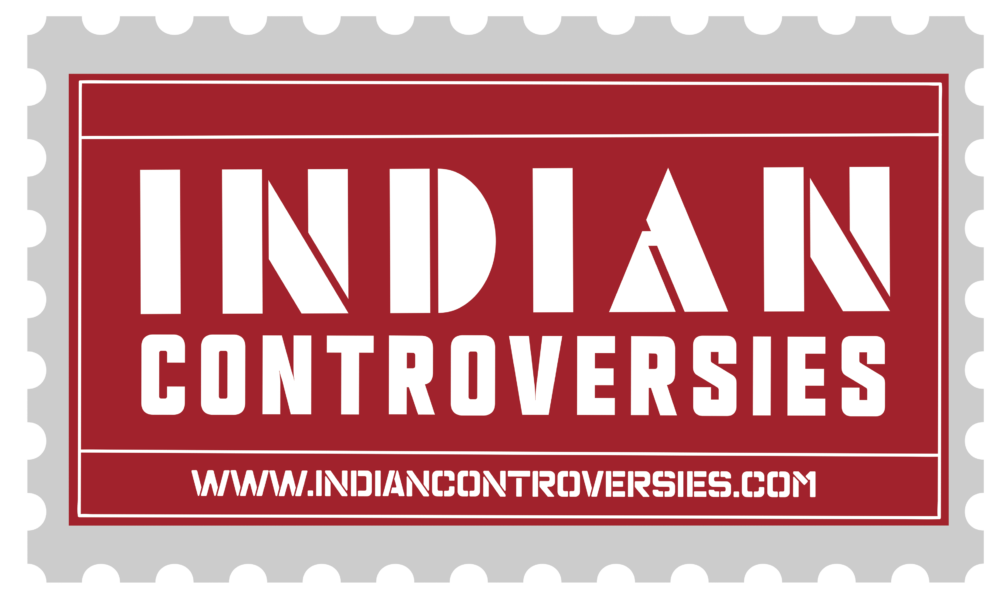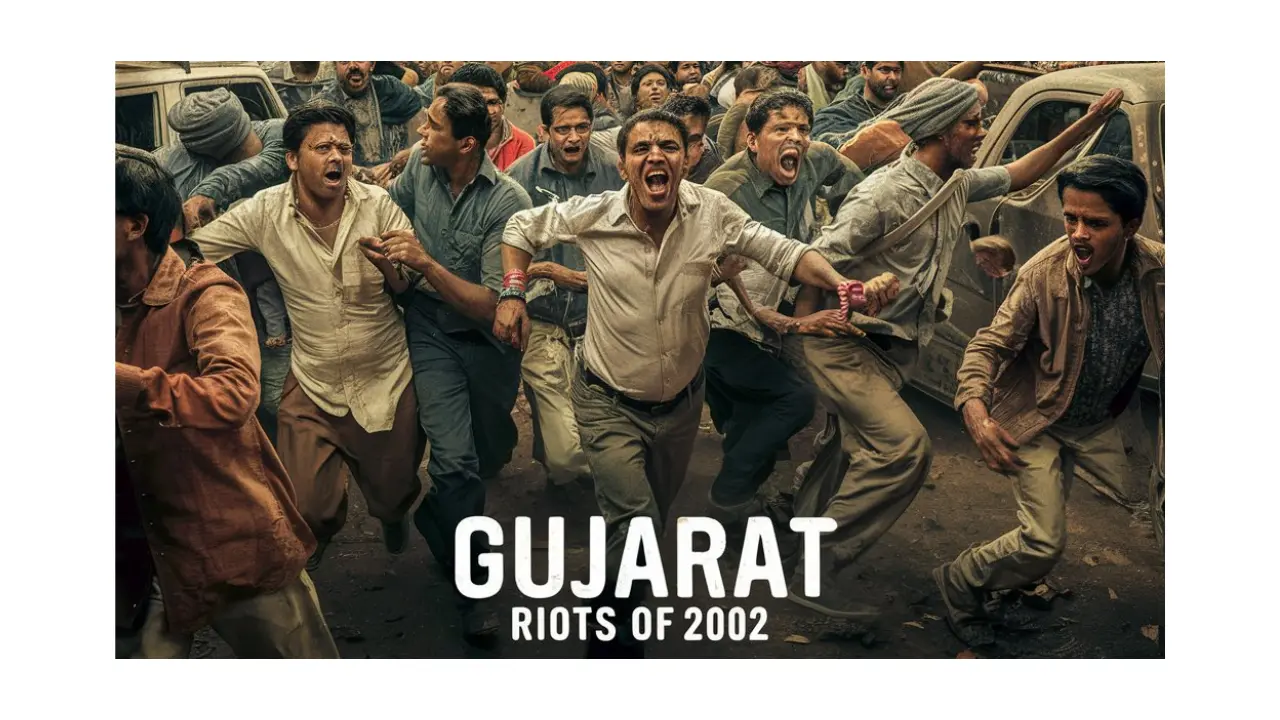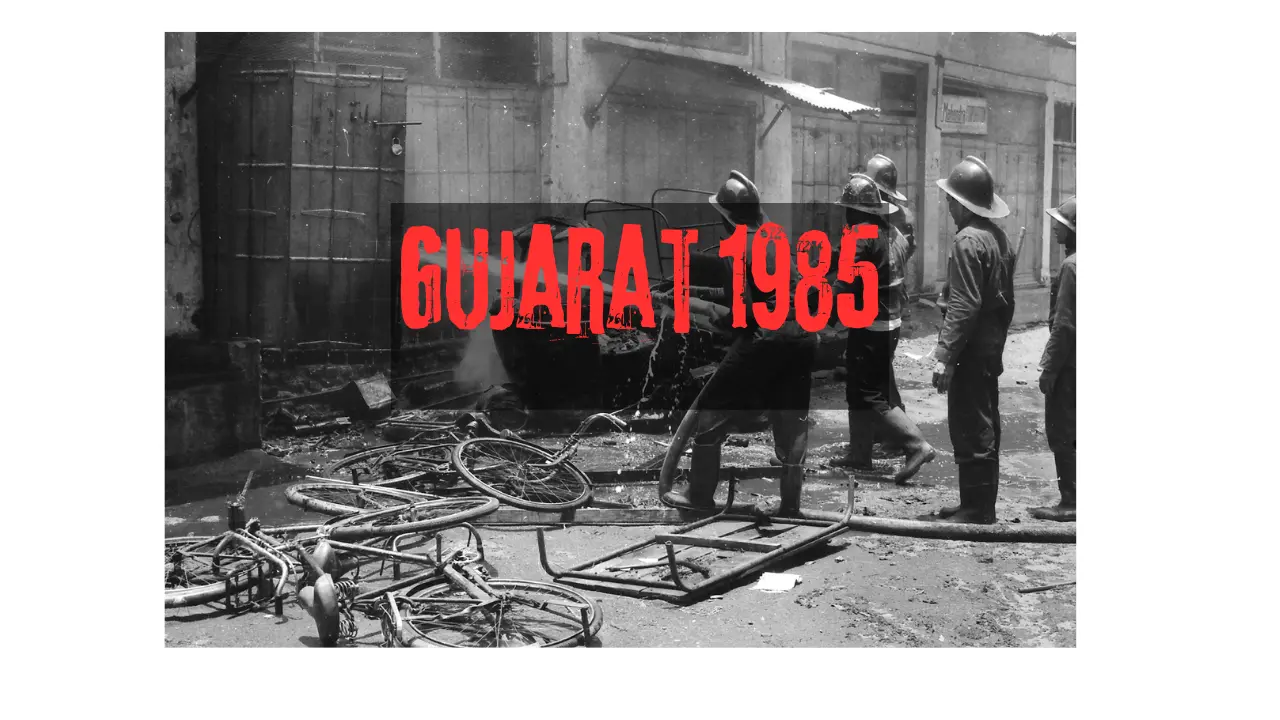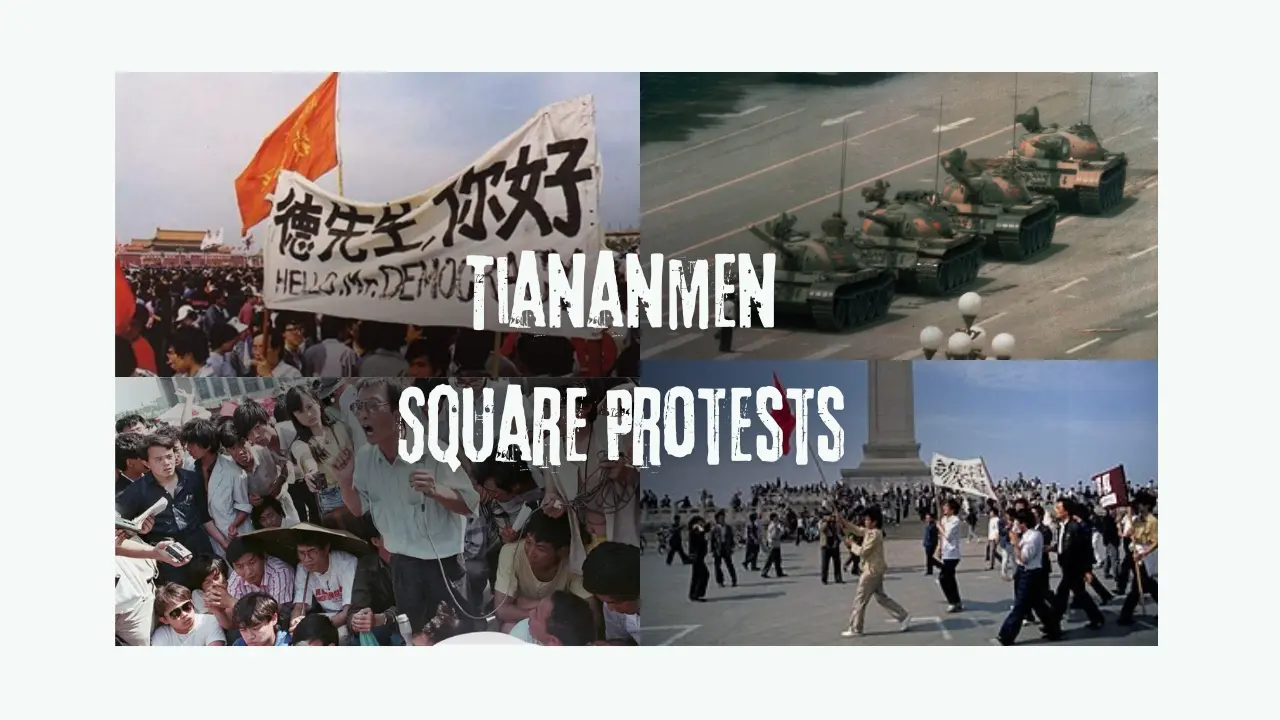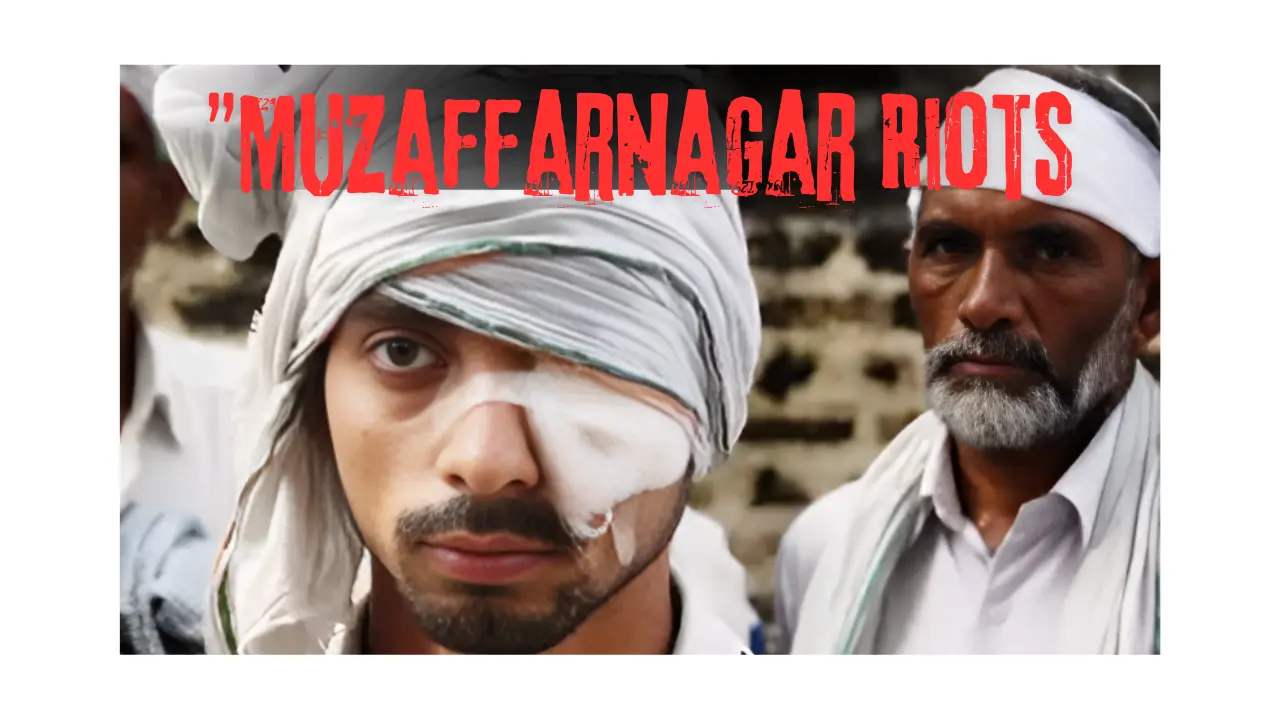The 2002 Gujarat Riots started in February 2002 and were a time of high violence between different groups of people in the Indian state of Gujarat.
A Brief History of the Riots
There was a lot of bloodshed after the Sabarmati Express train in Godhra caught fire and killed 58 Hindu passengers. The situation quickly got worse and turned into a three-day wave of riots. The violence continued for months and was aimed at the Muslim community.
Number of deaths and damage
Official reports say that more than 1,000 people died in the riots, with Muslims being the most severely impacted. According to different sources, as many as 2,000 people may have died. The violence also included horrible things like setting fires, raping, and killing a lot of people, mostly women and children. Many people had to leave their homes and businesses because of the attacks, which were very upsetting.
Looks into things and conclusions
The first investigations by the government of Gujarat were called biased, which led to the creation of several committees to look into what happened. It was later decided by the Nanavati-Mehta Commission that the train fire was planned arson by a local mob. The Commission was accused of bias and hiding proof. The Supreme Court and different committees have come to different conclusions. Some have cleared the Gujarat government, while others have raised concerns about the reliability of the probes.
Effects on the Neighborhood
The riots left the Muslim community in Gujarat with a scar that will never go away. A lot of people said they went through terrible things, like being sexually abused and having whole neighborhoods destroyed. Human rights groups criticized both the state and national governments’ responses, showing that they weren’t doing enough to help the victims in their time of need.
Discussions Going On
People are still arguing and talking about the Gujarat Riots of 2002. Scholars and campaigners say that the violence wasn’t just something that happened by itself, but was planned and supported by the government. The complicated story of the riots is still a big point of debate, affecting both the study of history and the present political conversation in India.
